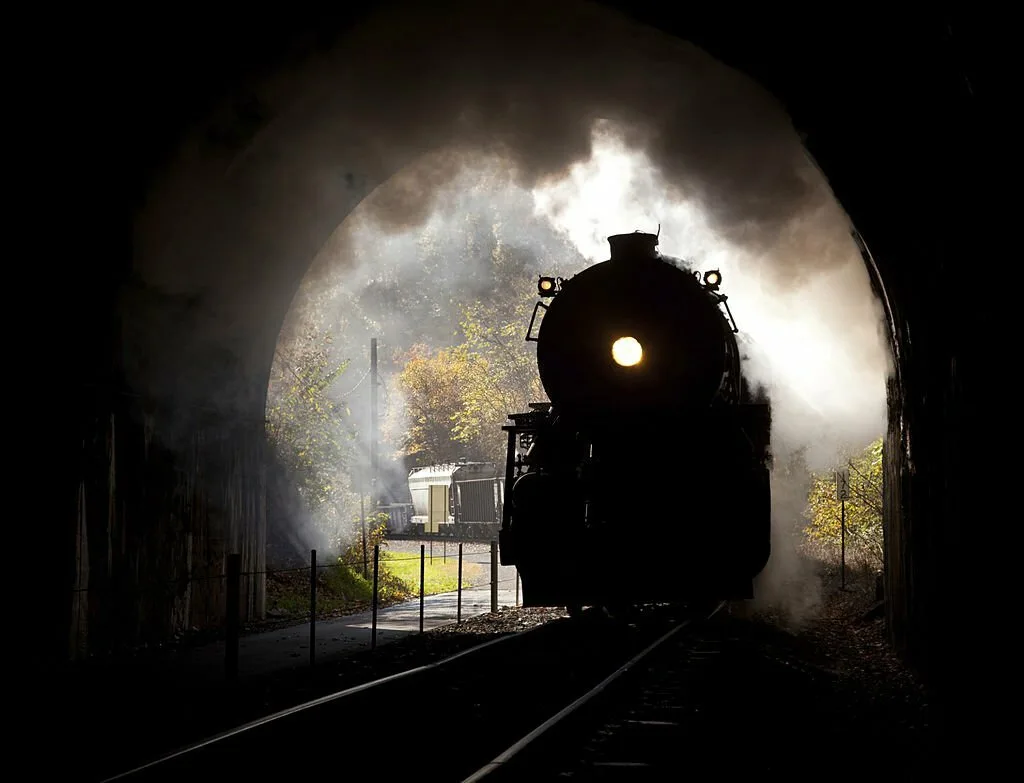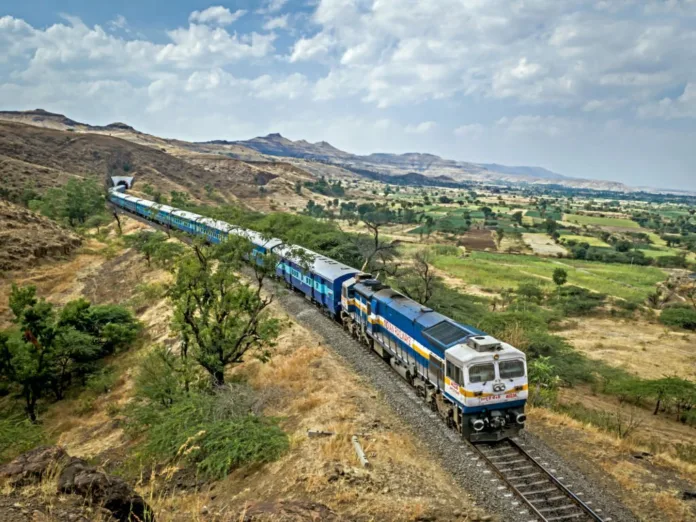India has a vast and growing network of tunnels, both rail and road. These tunnels play a vital role in connecting different parts of the country and making transportation faster and more efficient.
The longest rail tunnel in India is the Pir Panjal Railway Tunnel, which is 11.215 km long. It is located in the Pir Panjal Range of the Himalayas in Jammu and Kashmir. The tunnel was opened in 2013 and has reduced the travel time between Banihal and Qazigund by over two hours.
Other notable rail tunnels in India include:
Banihal Railway Tunnel (11.215 km)
Tawang Tunnel (4.75 km)
Karbu Tunnel (3.32 km)
Saramati Tunnel (2.85 km)
The longest road tunnel in India is the Atal Tunnel, which is 9.02 km long. It is located in the Rohtang Pass of the Himalayas in Himachal Pradesh. The tunnel was opened in 2020 and has reduced the travel time between Manali and Leh by over four hours.
Other notable road tunnels in India include:
Jawahar Tunnel (2.85 km)
Chenani-Nashri Tunnel (9.28 km)
Zojila Tunnel (under construction, 14.25 km)
Sela Tunnel (4.13 km)
These tunnels are a testament to India’s engineering prowess and its commitment to improving infrastructure. They have made transportation faster, safer, and more reliable, and have played a vital role in boosting the country’s economy.
Benefits of longest rail and road tunnels in India. The longest rail and road tunnels in India offer a number of benefits, including:
Reduced travel time: The tunnels have significantly reduced the travel time between different parts of the country. This has made transportation more efficient and convenient for passengers and freight.
Improved safety: The tunnels provide a safe and reliable mode of transportation, even in adverse weather conditions.
Boosted economic growth: The tunnels have helped to boost economic growth in the regions they connect. This is because they have made it easier for people and goods to move around, which has led to increased trade and investment.

Challenges in building and maintaining longest rail and road tunnels in India :
Building and maintaining the longest rail and road tunnels in India is a challenging task. This is because they are often located in difficult terrain, such as the Himalayas. The tunnels must also be designed to withstand the harsh weather conditions in these regions.
Some of the challenges faced in building and maintaining longest rail and road tunnels in India include:
Geological challenges: The tunnels often have to be built through hard rock and other difficult geological formations. This can make construction time-consuming and expensive.
Weather challenges: The tunnels are often located in regions with extreme weather conditions, such as heavy snowfall and landslides. This can make it difficult to construct and maintain the tunnels.
Environmental challenges: The construction of tunnels can have a negative impact on the environment. It is important to take steps to minimize this impact, such as planting trees and restoring vegetation.
Conclusion: The longest rail and road tunnels in India are a marvel of engineering and a testament to the country’s commitment to improving infrastructure. They have made transportation faster, safer, and more reliable, and have played a vital role in boosting the country’s economy.




